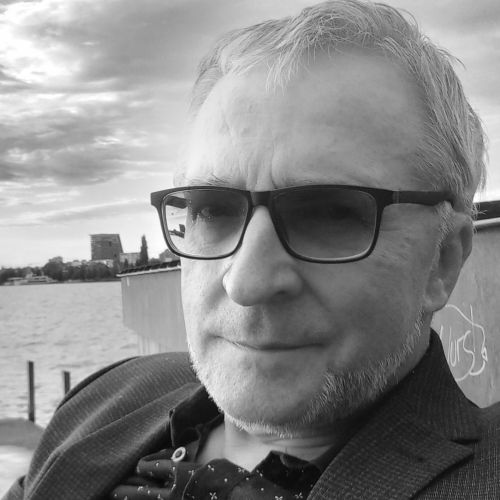Artur Klinau
Fellowships
FellowshipsThis research project looks at how various social doctrines, specifically manifestations of "right" and "left" ideas, influenced the city, its aesthetics and urban planning concepts. The focus of research is on the Soviet city of the 1920s–1950s. The complexity and at the same time the uniqueness of this period derives from the fact that during this time in Soviet history there was a turn from the City of Utopia of the 1920s to the concepts and practices of the City of Empire of the late 1930s–1950s. We can observe radical changes in urban concepts and aesthetics, the transition from the construction of a rhizomatic horizontal city to a strictly hierarchical vertical city. The 1920s started with the implementation of practices of “left” ideas, but already by the 1930s the Soviet system had returned to societal practices of the “right.” While in theory this was seen as a continuity in the declaration of Utopian ideas, the reality began more and more to look like a fictional Reality––or Reality 2.0. The project will consider the Soviet city as performative practice of power and the most important element for building the scenery of a fictional Reality 2.0.

